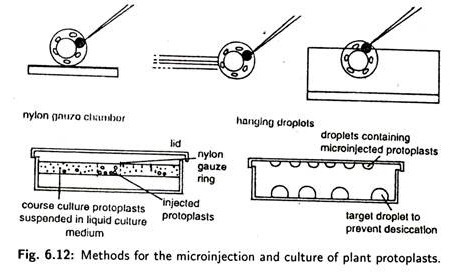In this article we will discuss about the replication of reoviruses.
The virus can enter the host cell via a receptor on the cell surface. The receptor is not known but is thought to include sialic acid (haeinagglutination, broad cell tropism), and junctional adhesion molecules (JAMs). Virus particles are internalized and partially uncoated by proteases in the endo-lysosomes/lysosomes in the cytoplasm (Fig. 17.39).
However, it is resistant to protease digestion. The dsDNA genonie is never completely uncoated. If it is completely uncoated, virus would be destroyed. The partiamy digested capsid follows further cell entry. The core particle then enters the cytoplasm by unknown process.
There are some reoviruses that require an activated Ras signaling pathway for replication. Replication occurs exclusively in the cytoplasm and the virus encodes several proteins which are required for replication and conversion of the dsRNA genome into (+) sense RNAs strands. Full- length transcripts of (+) sense strand are synthesized from each of the dsRNA segments.
Primary transcription of the dsRNA genome occurs inside this sub-viral particle (naked core) by viral polymerase so that dsRNA is never exposed to the cytoplasm. Depending on factors inside the virus particle, primary transcription results in formation of capped transcripts which are not polyadenylated. In reovirus particles, at least 5 enzymatic activities are present to carry out this process (Table 17.12).
Later in infection, secondary transcription occurs in particles which are produced inside the infected cells. This results in formation of uncapped non-polyadenylated transcripts.
The genome replicates in cytoplasm in a conservative manner i.e. an excess of (+) sense strands are produced which act as mRNA templates for translation, and for synthesis of (-) sense strands i.e. each (-) strand leads to many (+) strands. The mechanism how the various genome segments are segregated into developing particles is unknown.
The (+) RNAs are encapsidated in a sub-viral particle, inside which they are transcribed to give (-) RNA molecules with which they become base-paired to produce dsRNA genomes.
Only (-) sense strands are used resulting in synthesis of (-(-) mRNAs, which are capped inside the core. Viral particles begin to assemble in the cytoplasm 6-7 hours after infection. The capsid is assembled on the sub-viral particle. Mature virions are released from the cell by lysis (Fig. 17.39).

